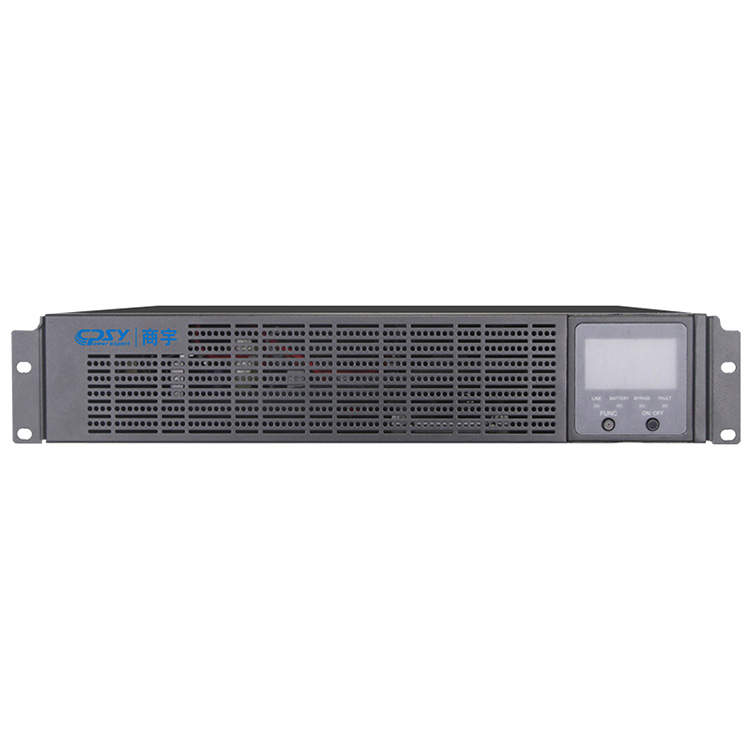Key Components of Data Center Infrastructure
2024-04-19
Data center infrastructure refers to the physical components and systems that support the operation of a data center, which is a facility used to house and manage computer systems and associated components, such as servers, storage systems, networking equipment, and telecommunications infrastructure. Here are some key components of data center infrastructure:
1. Physical Space: Data centers are typically housed in purpose-built facilities or dedicated areas within larger buildings. The physical space must be designed to accommodate the equipment, provide adequate cooling, ventilation, and access for maintenance, and ensure security and protection against environmental hazards such as fire, flooding, and seismic events.
2. Power Infrastructure: Data centers require reliable and redundant power systems to ensure continuous operation of critical equipment. This includes electrical distribution systems, uninterruptible power supplies (UPS), backup generators, and power distribution units (PDUs) to provide clean and stable power to servers and other equipment.
3. Cooling Systems: Heat generated by the operation of servers and other IT equipment must be removed to maintain optimal operating temperatures and prevent equipment failure. Data centers use various cooling systems, including air conditioning units, computer room air handlers (CRAH), and liquid cooling solutions, to manage heat dissipation and maintain proper environmental conditions.
4. Networking Infrastructure: Data centers rely on robust networking infrastructure to facilitate communication and data transfer between servers, storage systems, and other devices. This includes switches, routers, firewalls, load balancers, and network cabling infrastructure such as copper and fiber optic cables.
5. Storage Infrastructure: Data centers house large-scale storage systems to store and manage vast amounts of data generated by applications and services. This includes storage area networks (SAN), network-attached storage (NAS), and storage arrays with high-speed connectivity and redundancy features to ensure data availability and integrity.
6. Server Infrastructure: Servers are the primary computing devices in a data center, responsible for running applications, processing data, and delivering services to users. Data centers may use various types of servers, including rack-mounted servers, blade servers, and modular servers, configured in clusters or virtualized environments for scalability, efficiency, and high availability.
7. Security Systems: Data center security is critical to protect sensitive data and infrastructure from unauthorized access, theft, and cyber threats. This includes physical security measures such as access controls, surveillance cameras, and biometric authentication, as well as cybersecurity measures such as firewalls, intrusion detection/prevention systems (IDS/IPS), and encryption.
8. Management and Monitoring Tools: Data center infrastructure is managed and monitored using specialized software tools and systems that provide real-time visibility into performance, availability, and resource utilization. This includes data center infrastructure management (DCIM) software, monitoring and alerting systems, and automation tools for provisioning and orchestration.
Overall, data center infrastructure encompasses a wide range of physical and technological components that work together to ensure the reliable, efficient, and secure operation of data center facilities. Designing, building, and maintaining a robust data center infrastructure requires careful planning, investment, and expertise to meet the evolving needs of modern IT environments.



